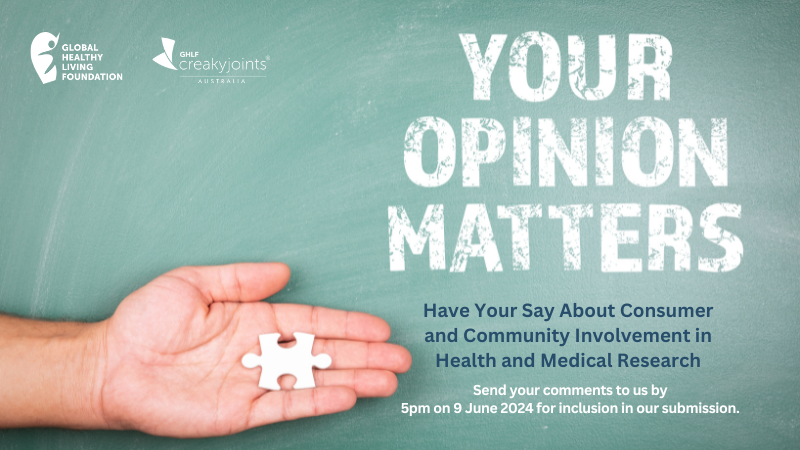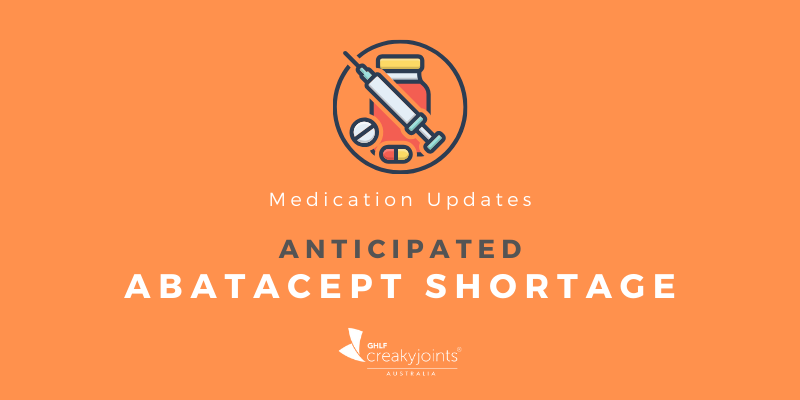What is Osteoarthritis?
Osteoarthritis (OA), also known as degenerative joint disease, is the most common form of arthritis worldwide, affecting an estimated 250 million people. OA is characterized by abnormalities in all of the tissues in the joint, leading to symptoms and loss of normal joint function. The tissues affected in the joint include the breakdown of cartilage – the smooth, rubbery connective tissue on the end of bones that cushions the joints, helping them move smoothly and easily. The bones in the joint also undergo changes, including enlargement with bony spurs (bony projections that develop along the edges of bones in the joints, also known as osteophytes) that can sometimes be noticed in the fingers as enlarged knuckles. In severe cases, there may be very little or no cartilage left, with the bones rubbing against one another. Tendons, ligaments, and muscles are also affected, and there can also be inflammation in the joint.
Causes of Osteoarthritis
OA typically occurs later in life, usually after age 50, though it may start earlier, and can occur due to joint injury or be common within families. Women are more commonly affected than men. Just about everybody has some degree of osteoarthritis in one or more joints by age 70 by X-ray, most often in the hands, neck, spine, hips and knees, and generally, the older one gets, the more susceptible they are to developing OA. OA can get worse over time and there is no cure, but a number of treatments can slow the progression of the disease, improve joint function and ease pain.
There is an evolving consensus among rheumatologists, orthopedists and sports medicine physicians that osteoarthritis is not one single entity but a condition which includes inflammatory subsets, post-traumatic osteoarthritis and congenital disease. Examples may include digital osteoarthritis (often cystic and inflammatory with tender PIP and DIP joints), post-traumatic disease (frequently following cartilage tear, ACL and meniscal injury from athletic activity leading to joint space narrowing) and hereditary forms of OA (with age, gender, race, lifestyle, obesity and occupation all playing a role in disease activity). The genetic influence on disease expression (obesity, heredity, joint overuse, deformity) and having other rheumatic diseases including gout and rheumatoid arthritis (RA) can increase the risk of developing early OA.
Osteoarthritis Symptoms
Symptoms of osteoarthritis can range from mild to very severe and include joint aching and soreness, tenderness when pressure is applied, stiffness, loss of flexibility, grating sensation from bone rubbing on bone, and bone spurs (bony projections that develop along the edges of bones in the joints). Most people first begin to notice pain and stiffness in the affected joints after prolonged sitting or with prolonged activity. The pain tends to worsen as the day goes on with increased activity, and lessens with rest, but over time it may become constant. Many people age 45 and over may first notice OA pain in their knees, especially when they go up and down stairs, or after standing and walking for a while.
There is no cure for OA but early diagnosis and treatment can ease pain and other symptoms. That’s what your treatment plan — including weight management, exercise, physical therapy, and your OA medications — is designed to do. The goal of treatment is to reduce the pain and other symptoms, reduce any limitations in your daily functioning and try to slow the progression of the disease.
Medications used to treat OA mainly reduce your pain. You can learn more about these in the treatments section. Surgery is usually only used for people with OA who have severe joint damage and persistent pain that has not responded to other therapies.
Your doctor can use different methods to check your progress at your appointments. You’ll start by talking about your medical history and having a physical exam. Typically your doctor will examine your affected joint(s) to check for tenderness, swelling or redness, and to determine the range of motion. That’s the range of how far you can move your joint. Your doctor may ask you questions about the severity of your pain, when you usually have pain, how often/how long pain occurs, and how pain affects your daily function.
While cartilage doesn’t show up on X-ray images, cartilage loss can be seen on X-ray as a narrowing of the space between the bones in a joint. X-rays can also show bone spurs around a joint. Some people may show evidence of OA on X-ray before they have any symptoms. X-rays and MRIs are not needed to diagnose OA, but sometimes may be obtained by your doctor to rule out other problems that may mimic OA. There are no blood tests that can diagnose or monitor OA, although your doctor may have ordered certain blood tests when you were diagnosed with OA to rule out other conditions such as RA.
Your doctor will determine which drug or drugs to prescribe, and/or non-drug therapies like exercise or weight loss, based on the results of your exam and tests, along with other factors including:
- Joint damage and pain severity
- Lifestyle factors that may be contributing to your OA
- Other diseases you have, such as kidney or liver disease
- Possible reasons that the drug could do you harm and mean you should avoid it
- Your personal preferences, such as drugs that are taken as pills or injections
- Potential medication side effects
Side effects are changes that can occur in our bodies as the result of using a particular medication or device. Side effects can be mild or severe and can vary greatly from person to person.
Contraindications are situations when you should avoid taking a certain medication for health reasons. For example, you should not take acetaminophen if you have severe liver disease, because this drug can affect the liver. If you have kidney disease or have had a bleeding ulcer, you may not be able to use nonsteroidal anti-inflammatory drugs such as ibuprofen or naprosyn. You and your doctor can talk about how safe it is to use any medication based on your individual medical issues.
How often should I see my doctor?
Monitoring with blood tests (commonly referred to as “lab work”) is typically not helpful in assessing the progression of your OA. However, it may be necessary to make sure the treatment that you and your doctor select is both safe and effective in certain circumstances, such as if you have liver or kidney problems. Your doctor may recommend lab work while taking medications for OA, especially when you first start a new medication, though this is not typical if you have OA.
What do my labs mean?
Your lab tests are used to monitor your health during your treatment plan. The most common tests will monitor your liver, your kidney function, and your blood counts.
Liver toxicity is measured with liver enzymes. Your liver can make and release certain enzymes when it’s injured or weakened in some way. Higher liver enzyme levels may indicate liver damage from certain drugs.
Creatinine and BUN (blood urea nitrogen) levels are used to assess your kidney function. Even if the OA medication you are taking does not impact the kidney, it is important to keep track of its function because a change in kidney function can affect the level of your OA medicine in your blood. Creatinine is a waste product that your kidneys filter and remove through your urine. Your kidneys also remove and flush out urea, a waste product of protein breakdown. If your creatinine or BUN levels are high, it means your kidneys are not able to filter these waste products effectively. They could build up and cause problems.
Imaging: Imaging is not needed to monitor OA, since your symptoms and functioning help your physician make your treatment decisions. Sometimes, if your symptoms are not typical for OA, an X-ray or MRI may be needed to rule out other problems. If you’re unable to manage your OA symptoms with either drug and non-drug treatments, your doctor may order an X-ray or MRI before sending you to an orthopedic surgeon for an opinion about whether surgery may be helpful for you.
Physical examination: Your doctor will closely examine your affected joint(s) to check for any increase in tenderness, swelling or redness, and for range of motion in the joint(s). As the disease progresses decreased range of motion can occur. Your doctor may test the strength in your legs because these muscles may also be affected.
Your Own Assessment: Perhaps the most important factor that indicates how severe your OA is and how much affects your daily life comes directly from you. So be honest and complete when you tell your doctor how OA affects you, or when you fill out any written questionnaires your doctor provides.





